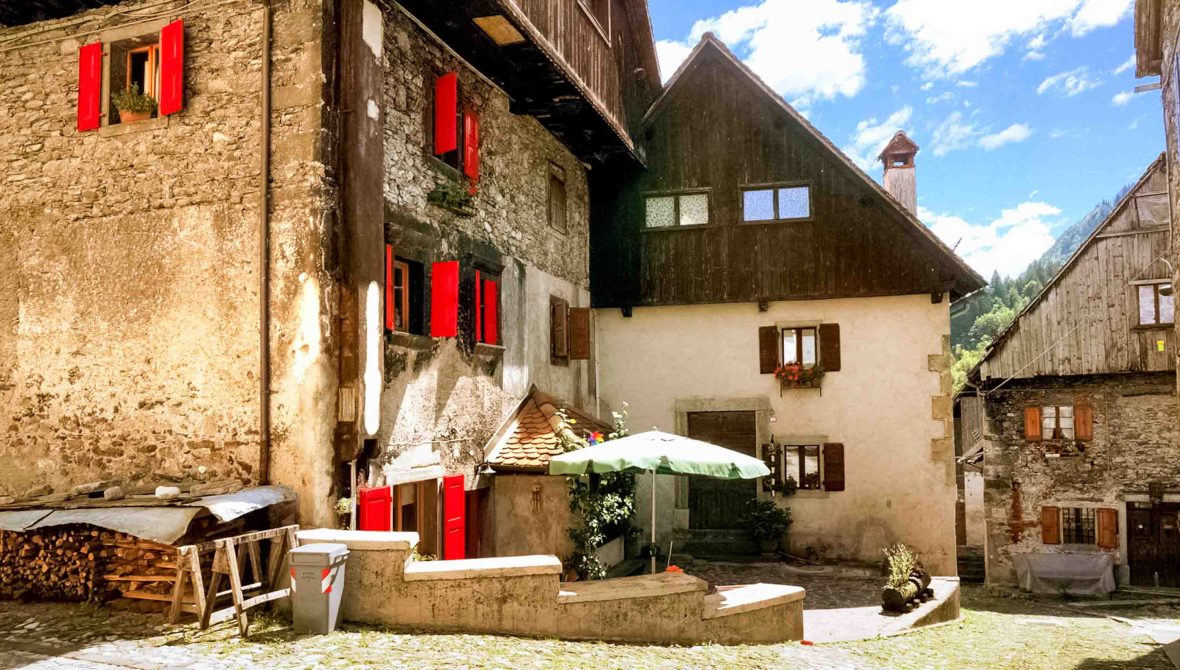Cleava, herself one of the 150 or so residents of Pesariis, confirmed around 30 still work in the original factory where a clock was invented in the 1930s, in the form of a chessboard panel with two-meter-high numbers. Each digit is composed of 15 flaps turned over by a camshaft. A deceptively simple invention, the flap clock was actually the forerunner of LED displays.
In 1950, this mechanism was further refined, Alceo Solari tells me, “with numbers, hours and minutes printed on rotating levels which open[ed] up like the pages of a book.” Later models included calendars and factored in leap years using a mechanical memory, paving the way he says, for ‘clocks with no hands’ and domestic clocks such as the Cifre 3. This small table clock was designed by architect and artist Gino Valle in collaboration with the Solaris in 1966, and patented by Remigio Solari, the creator of the dot matrix clock. New York’s MOMA (Museum of Modern Art) hailed the Cifre 3 as a piece of art and displays one in their permanent collection.
Visiting Pesariis has given my husband a renewed sense of connection with his family. “As a kid in Australia, he remembers his nonno (grandfather) standing at the gate, “finger pointed to his fob watch on his coat telling me I was late for dinner.” At the time, Kim thought it was a quirk of character, but he has a different perspective now. “I was swelling with pride because they hadn’t made some small discovery,” he tells me. “They’d actually been pioneers in clock-making.”

















